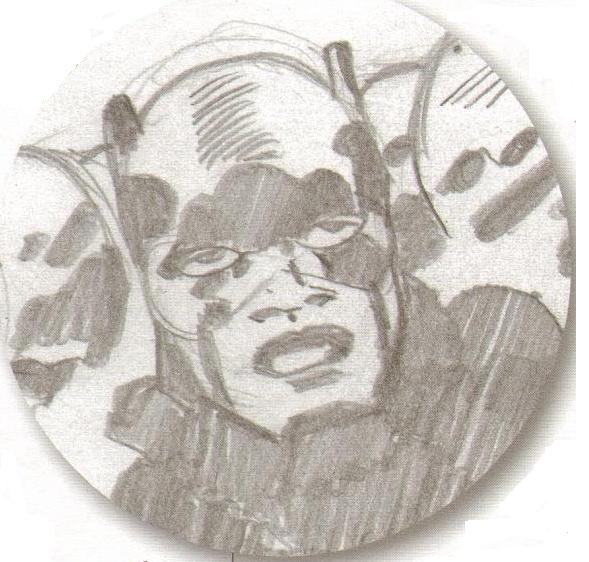I have more things to say about Spider-Man for the PS4!
I saw an ad the other day for a comic book adaptation of the game. It had a logo that said "Marvel Gamerverse".
Now, I assume this is just an umbrella label that Marvel is going to stick all its game-related comics under, and doesn't actually imply that there are going to be other games that take place in the same universe as Spider-Man (aside from the inevitable sequel, of course).
But it got me thinking: what's Spider-Man 2 going to look like, and what would it look like if there were other, non-Spider-Man games in the same series?
My first question is, what's Spider-Man 2's map going to look like? The best thing about the first game is swinging around a fairly realistic version of Manhattan. It's not perfect, of course, and it gets less accurate the farther you get from midtown, but as somebody who's only been to New York once I was impressed by the verisimilitude. "Oh, that's Radio City Music Hall; that means Rockefeller Center is over this way."
How to expand on that? Should Spider-Man 2 include some of the outer boroughs? I'm not sure there's quite as much demand for swinging around Brooklyn and Queens, but I could dig it.
Otherwise, or in addition, they could also expand Manhattan, work on making it even more accurate than it already is. I suppose there'd be some cognitive dissonance there -- wait, this is supposed to be the same location as the first game; why is the map so different? -- but, ultimately, it's video games and you suspend your disbelief.
Alternately, the new game could take a cue from the upcoming Spider-Man: Far from Home and put Spidey down in some other city. But given the dangling plot threads left at the end of the previous game, I don't expect that to happen; I expect the sequel will still be based in New York.
Another thought I had: what other superheroes would function in a game like this?
The most obvious answer is Daredevil. He's another street-level Marvel superhero who gets around by leaping across rooftops. He'd be a natural fit, and the game could also find a way to work some compelling courtroom drama into the out-of-costume sequences. Plus, some creative design choices could do some really cool shit with DD's heightened senses. (One of the most memorable moments in Spider-Man was when I heard a voice over my shoulder and it startled me. You wouldn't be able to make a Daredevil game that required the player to have a surround sound system or play the game with headphones, but you could certainly design the sound so that it would benefit from those things, where available.)
But you know who I'd really like to see in a Spider-Man-esque game? Black Panther.
BP is another character with a relatively modest super-power set, who can run up buildings and leap across rooftops. He'd be perfect. And as cool as Manhattan is in Spider-Man, a game set in Wakanda would provide an opportunity for more creative city design. Where Spider-Man benefits from a realistic recreation of a real-life city (with some Marvel Comics embellishments like Avengers Tower and the Sanctum Sanctorum), game designers would have the freedom to design Birnin Zana however they want (much like Gotham City in the Arkham games). Picture a Golden City as big and detailed as Spider-Man's Manhattan -- yeah, that's a game I want to play.
